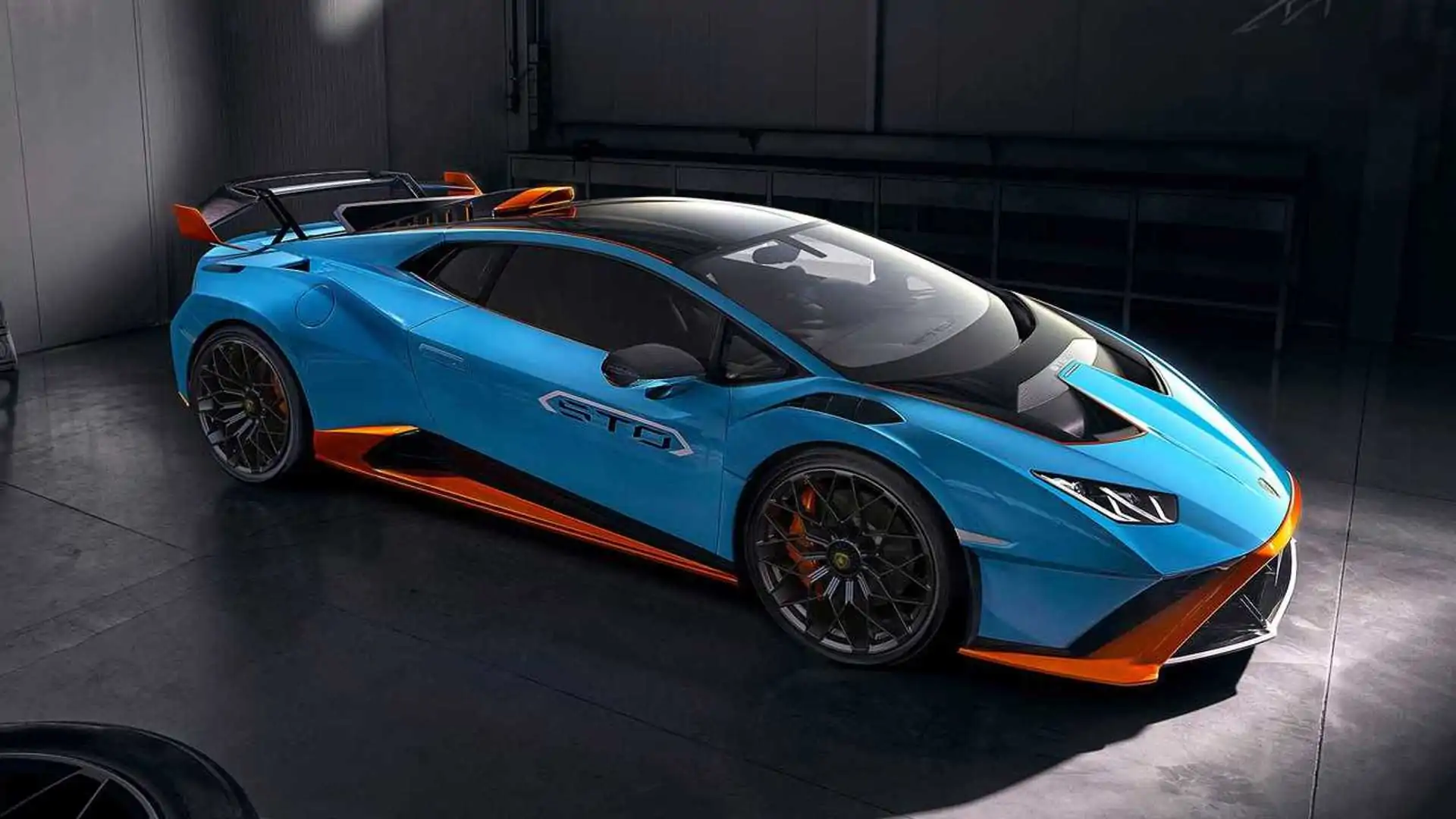Lamborghini Driver Gets Stopped - The Shocking Reality of Australia's New Supercar License Law

In a scene that could be straight out of a Hollywood action movie, a Lamborghini Huracan STO was pulled over by police in South Australia. The driver was slapped with a hefty fine for not possessing a "U" class license, a new requirement that took effect on December 1. This requirement mandates that all drivers of ultra high-powered vehicles (UHPV) must obtain a special license if their car boasts a staggering power-to-weight ratio of at least 370 horsepower per metric ton.
The Lamborghini, known for its jaw-dropping performance, was not just any supercar but the Super Trofeo Omologata, an absolute marvel that generates an impressive 630 horsepower from its naturally aspirated V-10 engine. Couple this with its weight of only 2,951 pounds, and the power-to-weight ratio soars to around 470 hp per 1,000 kg—100 hp more than the legal threshold. This makes the absence of a proper UHPV license all the more troubling for the driver of this roaring beast.
On a quiet Sunday morning, the authorities in Hillcrest, a suburb of Adelaide, acted upon what they saw as a flagrant breach of the law when they noticed the Lamborghini lacking a rear license plate. While most conventional vehicles might just warrant a warning or a minor fine, the rules around high-performance vehicles are different. The law shows little mercy; drivers must possess this special license that can easily be obtained through a brief online course.
Imagine this: less than an hour of your time is all it takes to complete the online course, which costs 61 Australian dollars (about $40). In addition, drivers are required to pay 20 Australian dollars ($13) for the updated license to indicate their new capabilities. The requirements extend beyond just flashy supercars; they apply to all non-bus vehicles weighing up to 9,920 pounds. It's a comprehensive approach aimed at improving road safety with high-powered vehicles.
According to Australia's Department for Infrastructure and Transport, the consequences for driving without a U license can be steep. First-time offenders can face a maximum fine of 2,500 Australian dollars ($1,625), while repeat violators might see that figure balloon to 5,000 Australian dollars ($3,250) and potential jail time in extreme cases. This makes it crucial for drivers to be aware of their responsibilities when behind the wheel of these powerful machines. Additionally, if a driver of a UHPV is found with critical systems such as ABS or electronic stability control disabled, they could face a fine up to 5,000 Australian dollars.
The laws appear strict, but they aim to ensure that drivers are not only skilled but also aware of the technology and risks involved in operating such high-powered vehicles. If a driver can demonstrate that the safety features were unintentionally turned off, or that it would have been impractical to drive with these systems enabled, they may escape fines. However, this is a subject of some debate within the community of supercar owners: Does a brief online course genuinely convey the necessary knowledge to operate such potent vehicles safely?
While cynics may view this requirement as an unnecessary inconvenience, proponents argue that community safety should come first. Australian authorities assert that the U class License course teaches participants important lessons about the risks of driving high-powered cars and helps them learn essential skills for safe operation. During the training, attendees also familiarize themselves with the vehicle's assist systems, such as electronic stability control and automated braking, which are vital for safe driving.
It raises the question: are these safety measures effective at curbing reckless driving among supercar enthusiasts? Only time will tell whether such regulations can deter intoxicated joyrides and reckless racing. For now, it serves as a wake-up call for high-performance car owners, reminding them that while steering these mechanical masterpieces might bring them adrenaline-filled joy, there are also rules and responsibilities that come along for the ride.
In the end, the Lamborghini driver should have looked into the requirements of UHPV licensing as a cost of luxury—both literally and figuratively. The fine he incurred is not merely a monetary punishment. It's a reminder that even the most exhilarating and sophisticated rides are closely regulated. As supercars continue to turn heads on the streets of South Australia, one can't help but wonder how effective these measures will be in promoting safe driving. Will we witness a shift in the culture surrounding supercars, or will the thrill seekers continue racing to the edge?